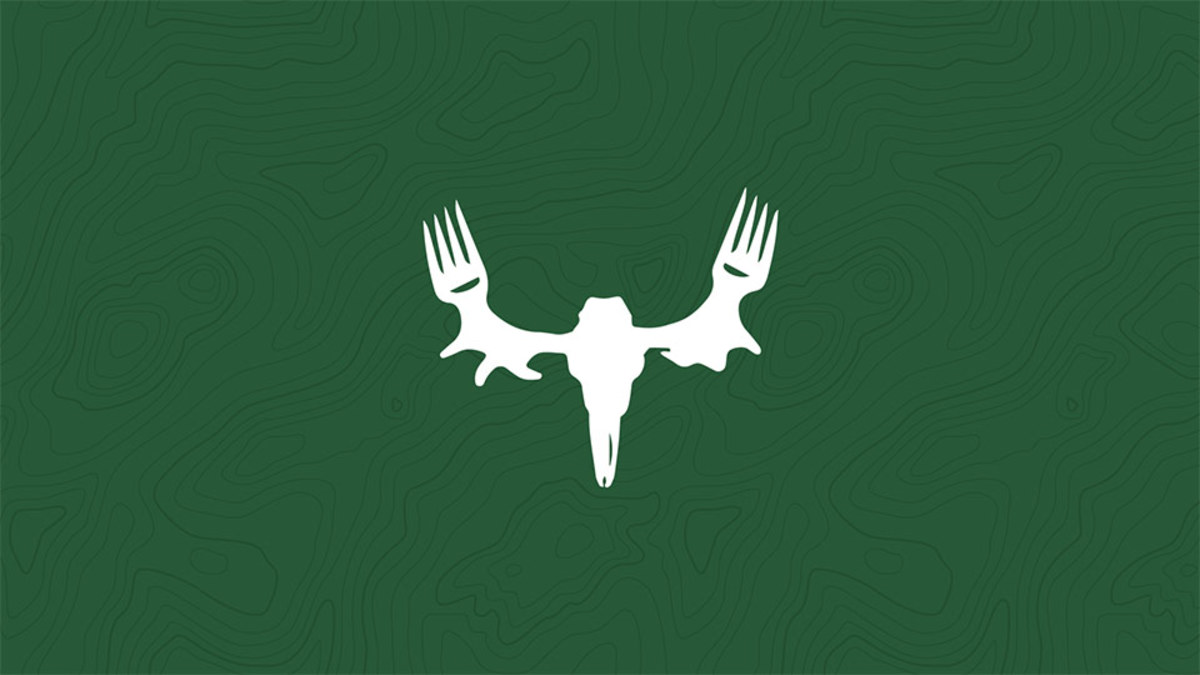
When a hunter kills an animal that can’t be brought out of the woods whole, it is necessary to break the animal down into smaller pieces that can be transported in a backpack.
This is almost always the case with elk and moose, but because of distance and topography, it also happens with smaller animals like antelope. Breaking down an animal into pieces that can be hauled out on your back is generally referred to as quartering and there’s different ways to go about this process.
Quartering
First, let’s clarify some field butchering terminology. True quartering involves splitting an entire gutted carcass into four separate sections by splitting an animal lengthwise down the spine from the neck to the rear and then sawing those halves through the rib cage to create four quarters.
These large quarters are then loaded onto a pack animal for transport. This traditional technique is still used by some outfitters but it’s not practical for backpack hunters to carry such large, heavy pieces. When backpack hunters use the term “quartering,” they are generally referring to the practice of gutting an animal and separating the four leg quarters from the carcass before removing boneless cuts like the tenderloins and backstraps.
Gutless Method
Recently, another quartering system has become popular with backcountry hunters. This is the gutless method of quartering. With the gutless method, a hunter skins the animal and cuts away the leg quarters and boneless meat without removing the internal organs from the gut cavity.
The gutless method certainly has its proponents. First, it conveniently avoids the necessity of actually handling a pile of messy guts. Since it skips the entire gutting process, it can also be advantageous when time is limited. For example, when extreme heat might spoil meat in a hurry, or if large predators are in the area, the gutless method can be a good choice for the sake saving time.
Gutless quartering also prevents some meat from being exposed to liquids from internal organs like the stomach or intestines which might have been punctured by a bullet or arrow. This can help to limit meat contamination.
However, the gutless method does have some notable drawbacks. When I first started hunting out West, the Latvian Eagle, A.K.A. Janis Putelis, convinced me to try the gutless method that he later released on YouTube. I used the gutless quartering method on several animals until realized I was just going back and cutting into the carcass of every big game animal I killed anyway.
Steven Rinella is a vocal critic of the gutless system as well. He thinks it is a trademark move of hunters who don’t want to be hassled with the inconvenience of properly handling a game animal. “I can’t avoid touching the guts,” he says, “because I like to eat some of them.
I need to get inside the carcass to retrieve the heart, liver, tenderloins, skirt, caul fat and rib racks. What’s the point in doing this gutless bullshit if you need to open the thing up anyway to retrieve the gold?” In other words, if you want to make the most out of your kill then you may as well just gut your animal first.
There are other downsides as well. Large game animals need to be cooled properly to ensure the best tasting meat. The gut cavity of big game animals is the warmest part of the animal and heat continues to build up here long after an animal has died-even during cold weather. This can negatively affect the taste and quality of meat, especially on choice interior cuts like the tenderloins. Also, the weight of the internal organs makes it much harder to maneuver the carcass during the quartering process.
The drawbacks of the gutless method simply outweigh any perceived benefits. Just a few extra minutes of work allows hunters to more efficiently access all the edible meat. And, no ethical hunter should need to be convinced to use as much of an animal as possible.
For more information on gutting and quartering big game animals check out the Complete Guide to Hunting, Butchering and Quartering Wild Game Volume 1.
In Field Butchering Tips Part 2 we’ll discuss quartering vs deboning your animal in the field.






